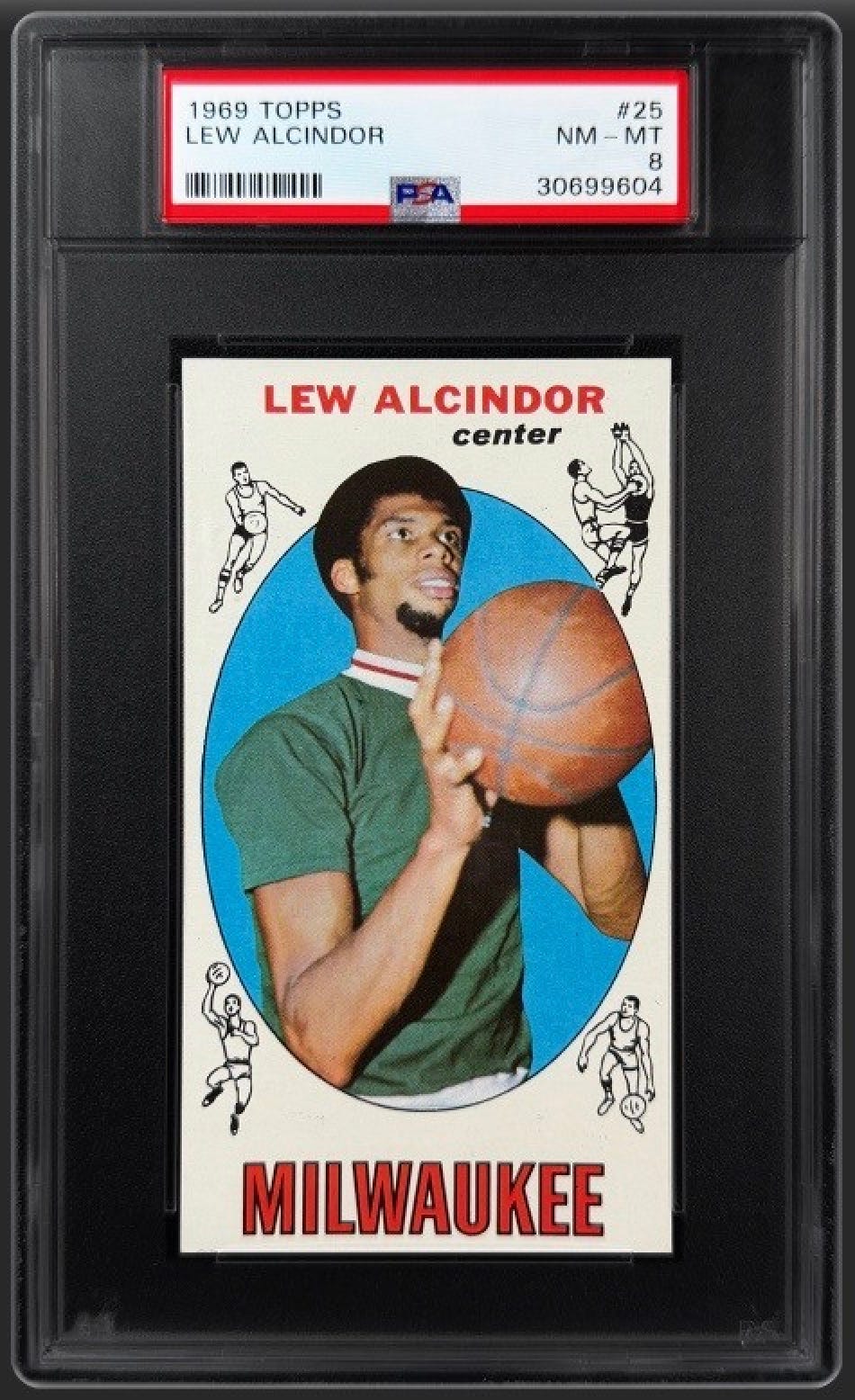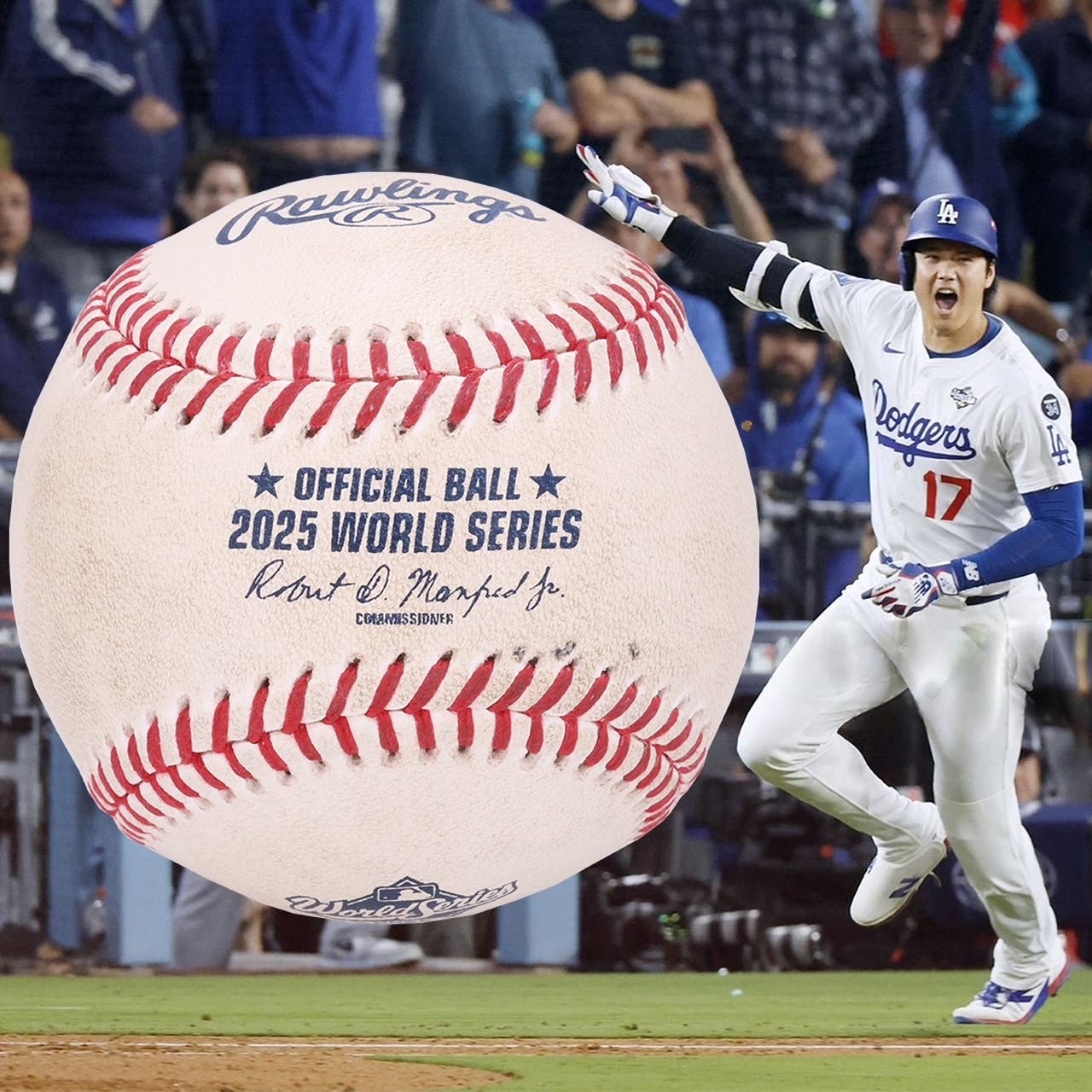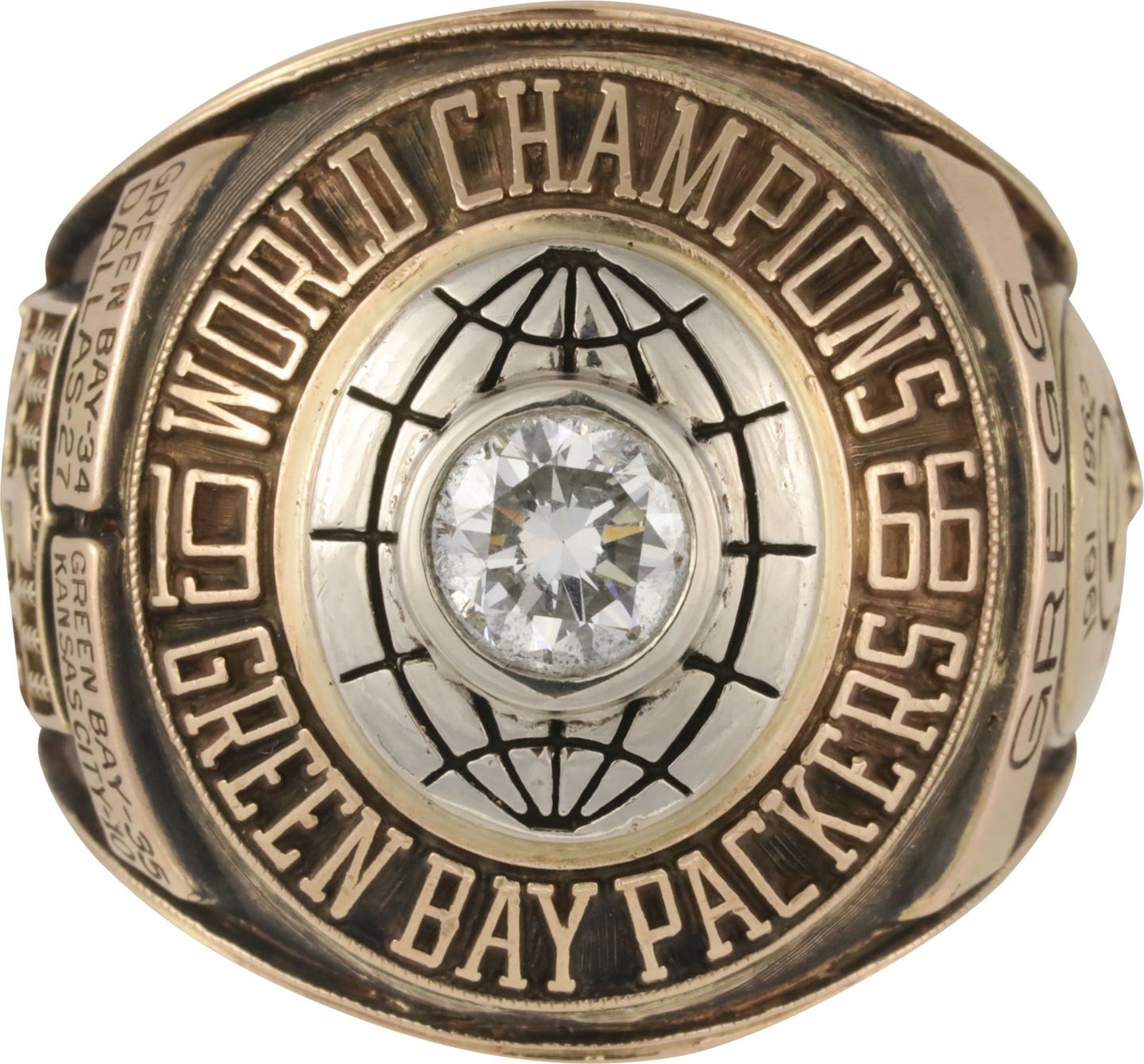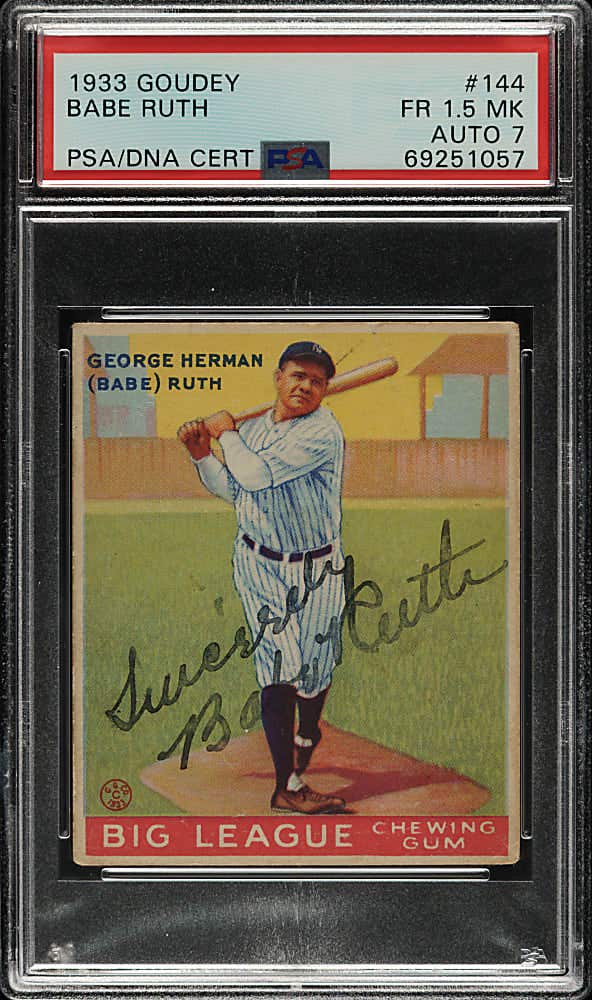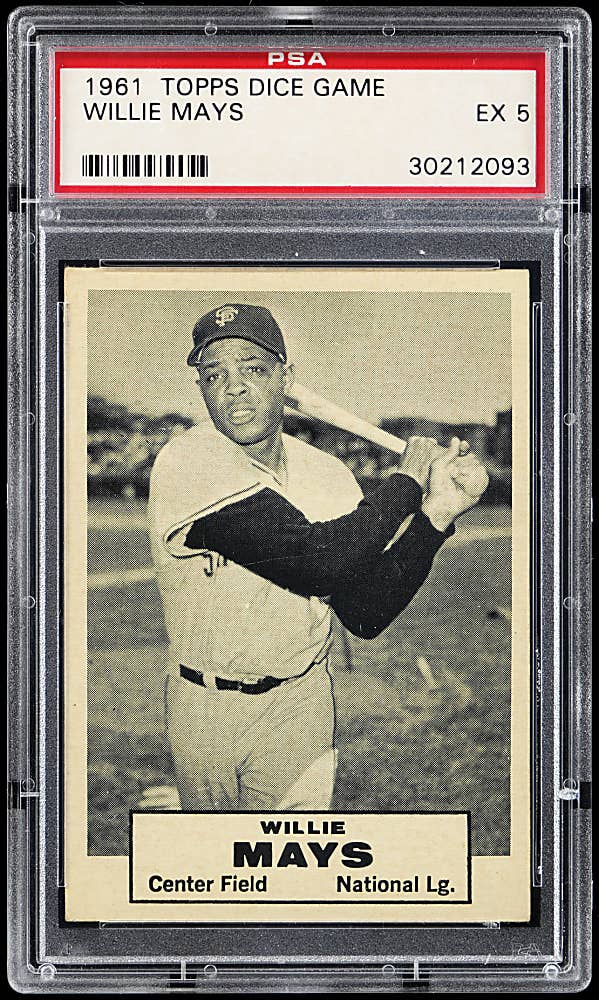Collecting 101
1959 Fleer Williams set showcases life of icon
Those who think "American Idol" is a singing competition never followed the career of Ted Williams. Williams was an idol who never needed a microphone or celebrity judges, rather, Williams' center-stage was Fenway Park, and his talent, his obsession, was hitting a baseball.
However, there was more to Williams than just being a nonpareil hitter. "Teddy Ballgame" could also boast of being the greatest fighter pilot and fisherman in the world.
When Fleer decided to enter the trading card industry in 1959, it needed to reel in a big catch of its own. They found Williams interested, lured him away from Topps and signed him to an exclusive Fleer contract. The result of this coup was an 80-card set all about Williams' life and career.
Even though Williams was still an active player in 1959, Fleer's first set is a wistful cardboard biography chronicling Williams' childhood on the San Diego sandlots, his halcyon days as a young slugger, his off-the-field endeavors, including his military service and leisure activities, his injuries and all his diamond heroics through the late 1950s.
For countless devoted fans, a nickel for a wax-pack containing six Ted Williams cards seemed like a steal in 1959. Today, many of the cards from that vintage set can be "stolen" for little more than a daily tithing. For that reason and many more, collectors pursuing the Williams phenomenon have found the '59 Fleer set a great place to pursue "The Splendid Splinter."
The Splendid
In New England, more than any other part of the country, Ted Williams is still revered. Sports card shops in the Boston area see a lot of collectors looking for Williams' material. Peter Leventhal, owner of J.J. Teaparty Sports Cards, said interest in Williams is still high among Bostonians, but noted that Williams' regular-issue cards often prove too pricey for some hobbyists.
"That's why collectors love the '59 Fleer set," he said. "There are only 80 cards, and almost all of them are inexpensive, so it is an easy set to put together."
Collectors working with a tight budget (even if that budget is jealous of shoestrings) can still find raw, near-mint '59 Fleer cards for around $10. Over time, a collector could accumulate roughly 40 Fleer Williams cards for the price of one 1955 Topps Williams in similar condition.
For those who prefer the security of a graded card, many PSA 7 Fleer Williams singles are won on eBay for $20, while numerous PSA 8s close at around $50.
Boston card shops like J.J. Teaparty try to keep '59 Fleer singles in stock.
"We have a lot of customers looking for them," Leventhal said. "Some are looking to complete the set, while others are looking to upgrade."
Some hobbyists have a long history with the set. One such collector is Alan Nathan.
"Ted's my all-time sports hero," he said. "I followed his career closely from the time I first became aware of him, circa 1956."
For Nathan, collecting Fleer's first issue started the summer it was released.
"I purchased most of mine in 1959," he said. "My younger brother and I pooled our resources and bought the cards in the usual gum packs."
It was hardly an equitable arrangement.
"He got the gum, I got the cards," Nathan added.
Today, a number of those cards have both significant collector interest and value. Leventhal said the cards at the top of collectors' wish lists include Ted's All-Star Record (No. 63, with facsimile autograph), two cards featuring Ted with Babe Ruth, and Ted Signs for 1959 (No. 68).
"The Ted facsimile autograph card is just a great looking card," he said. "The Ruth card in his leisure suit is cool to have, and Ted Signs is The Holy Grail."
Topps meted out some revenge for losing Williams by squabbling over card No. 68 - Bucky Harris, shown with Williams, was under contract with Topps, thus Fleer was forced to pull the card early from production.
The card books for $600, sells for more when graded NM or better, and is the only significant stumbling block to completing the set.
"So few of them out there are real," Leventhal said. "There are many counterfeits, but they are easy to spot."
Those fakes, according to Leventhal, have a slightly fuzzy photo with bright paper - and all are in great condition.
The eye-appeal of genuine '59 Fleer cards is enhanced by a number of two-panel, three-panel and four-panel cards. One of these, 1957 - Williams Hits .388 (No. 58), is Alan Nathan's favorite in the whole set.
"It's a four-panel card showing the sequence of Ted's famous swing," he said, "and it recounts the 1957 season, which I remember well."
Admiring both Williams and this card seem like obvious choices for Nathan, who, as an adult, has studied the physics of baseball "with a special emphasis on the dynamics of the collision between bat and ball."
Other popular cards in the Fleer set depict Williams and Jim Thorpe in Western motif and Williams fishing with Sam Snead. Both book in the $40 range. Card No. 1, The Early Years, is elusive to track down in NM condition, and for that reason is the third-most expensive card in the set at $100. Collectors pursue this card in all sorts of conditions in order to complete their set. The entire set books for $1,250.
The Splinters
The '59 Fleer cards are attractive, but they don't come without inherent flaws. For starters, many seem to discolor with age sooner than their Topps brethren from the same era.
"Also, the wax on the back of these cards is a real problem," Leventhal said. "I have no idea why so many of the backs have big waxy blotches."
Poor centering tends to be another common flaw, and small oily spots have infiltrated many of the borders and pictures, typically bleeding through to the back of the cards. Another factor that collectors find frustrating is the light surface wrinkles that seem more commonplace on the '59 Fleer cards than on other late '50s cardboard.
Unfortunately, most of these wrinkles are hard to spot. Collectors often need to rotate the card back and forth under the glare of a bright light - a card collector's version of Magic Eye - to see them.
Due to the degree of difficulty in finding them, PSA has reported that surface wrinkles, as well as minor corner bends, tend to be the two most unnoticed and overlooked flaws for submitted '59 Fleer Ted Williams cards. Therefore, be wary, cards that look like 8s or 9s may score a few notches lower than expected if they're not scrutinized closely before submission.
The Legacy
Though Williams died in 2002, his feats live on in all those collectors who want to own a vintage piece of the self-proclaimed "greatest hitter who ever lived." And the 1959 Fleer Ted Williams set is big part of that legacy.
For now, the cards are still available and inexpensive.
"As an investment, it still has plenty of room to go," Leventhal said.
Perhaps the set's most lasting impression is its depiction of one man who was so much more than just a ballplayer. Yes, Williams leaves behind a baseball legacy that is easy to define, but curious collectors have also contemplated his place in the annals of American history.
"I have the '59 Fleer cards mounted in the usual plastic sheets in a loose-leaf binder," Nathan said. "The other occupant of the binder is my 1956 Topps Davy Crockett (orange) set. I'm sure having these two sets in the same binder has some deep meaning, but I'll be darned if I can figure it out."



